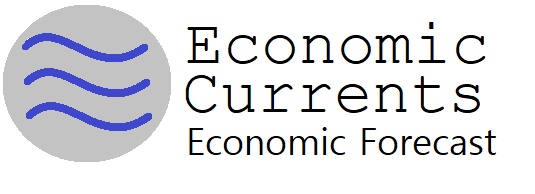Quantity of Money and Inflation. Part 4. Confounding for HNO and NFC Associations with CPI
Previous results1 show that during a specific inflation surge, Household and Nonprofit Organization (HNO) Credit changes and Nonfinancial Corporate (NFC) Debt changes are correlated with each other and with subsequent CPI inflation changes. In such situations, confounding of associations are possible.









